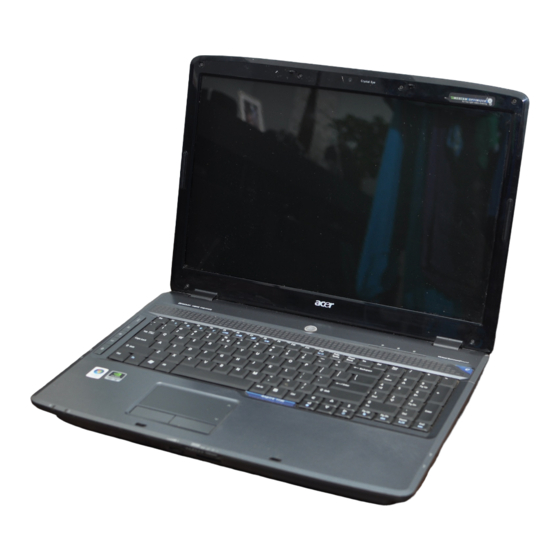
Acer Aspire 7730 Series Service Manual
Hide thumbs
Also See for Aspire 7730 Series:
- Quick manual (15 pages) ,
- Service manual (210 pages) ,
- Quick manual (13 pages)
















Need help?
Do you have a question about the Aspire 7730 Series and is the answer not in the manual?
Questions and answers